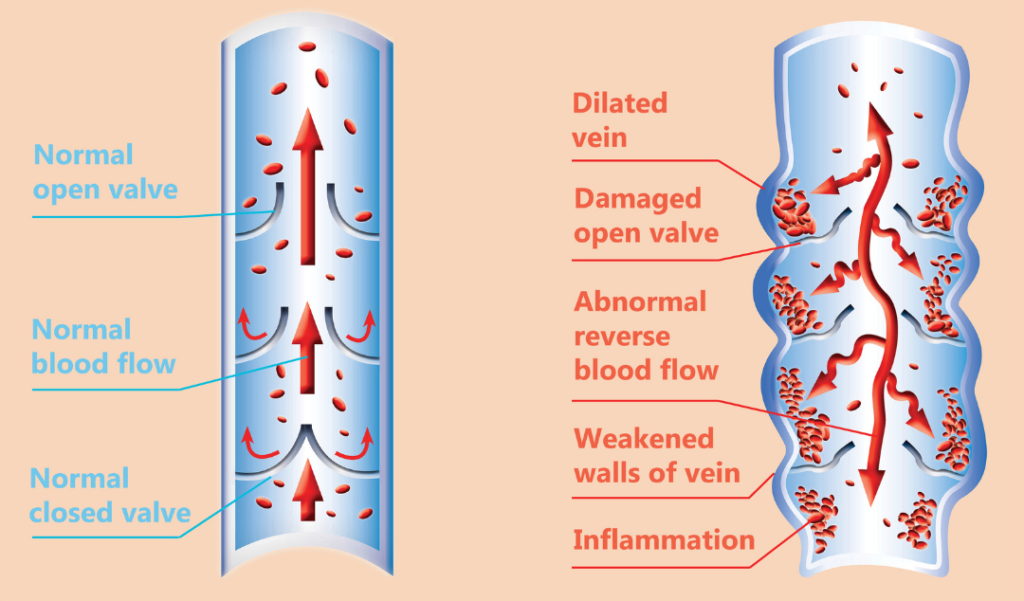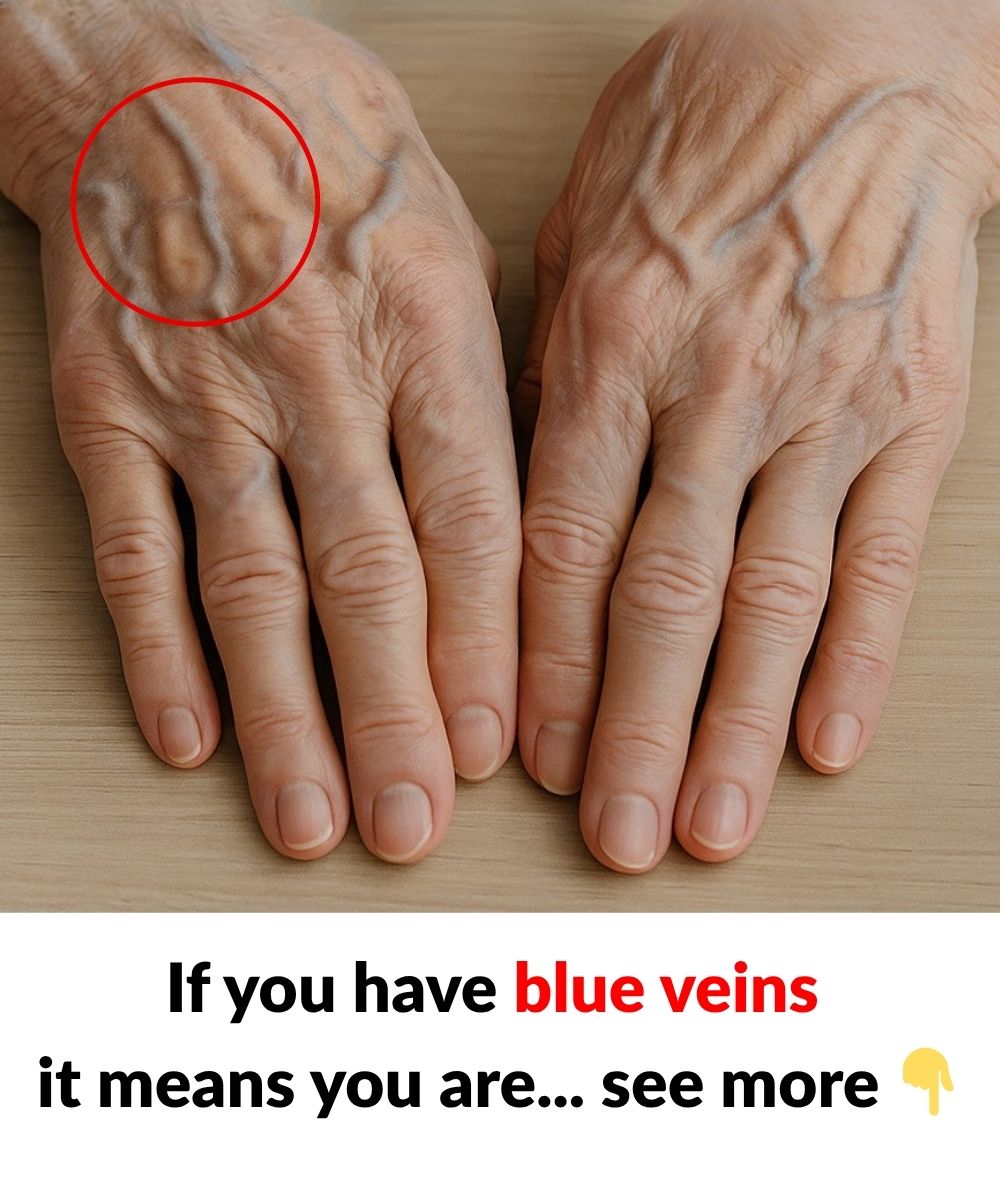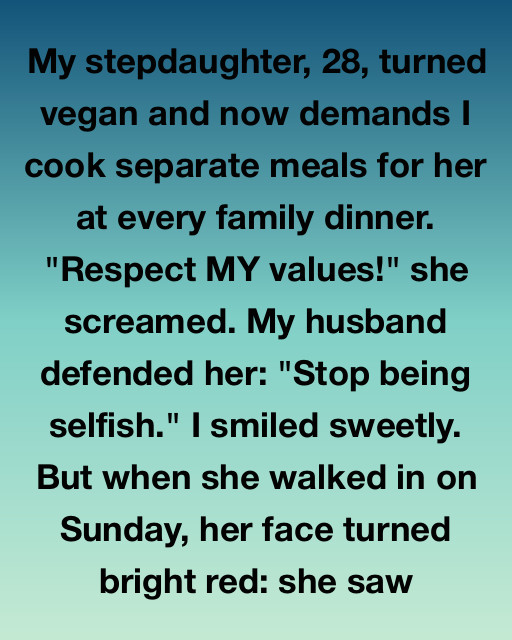As we grow older, our bodies undergo numerous transformations—some are expected, while others might catch us by surprise. One such change, often noticed yet frequently underestimated, is the more pronounced visibility of veins, especially on the hands, legs, arms, and even the chest. Although these prominent veins might be startling for some, they usually signify a normal part of aging.

Thinner Skin and Reduced Collagen Levels

A significant reason for the increased visibility of veins as we age is the changes taking place in our skin. With advancing age, the production of collagen and elastin—two vital proteins that keep your skin firm and elastic—diminishes. Consequently, the skin becomes thinner, less flexible, and more transparent. This reduction in skin thickness means that veins beneath the skin aren’t as concealed, making them appear more noticeable.
Moreover, the layer of fat beneath the skin decreases over time. This subcutaneous fat layer used to act as a kind of cushion, shielding blood vessels from view. As this protective layer reduces, veins are more likely to be seen through the skin’s surface.
Reduced Elasticity of Vein Walls

The veins themselves undergo changes too. Over the years, the walls and valves of veins lose some of their strength and elasticity. This can make it harder for blood to circulate efficiently back to the heart, especially from the lower parts of the body. As a result, blood may accumulate in the veins, which can cause them to swell and become more visible.
In certain situations, this might lead to varicose veins—enlarged, twisted veins that can be seen beneath the skin. These are particularly common in older individuals, especially those who frequently stand or sit for long durations.
Slower Blood Circulation

As we get older, blood circulation often slows down, which can affect how veins look. Factors like reduced physical activity, changes in blood pressure, and even hormonal shifts can all influence how efficiently blood flows through the veins. When blood circulation is not as brisk, veins can expand or fill up more, making them seem darker and more prominent.
Influence of Genetics and Lifestyle
Aging is a natural process, yet not everyone experiences visible veins in the same manner. Genetics are a crucial influence. If your family members had noticeable veins as they got older, you might experience the same. Beyond genetics, lifestyle choices, such as smoking, extensive sun exposure, dehydration, or not applying sunscreen, can quicken skin thinning and vein visibility.
Exercise also impacts vein visibility. Individuals involved in regular physical activities, particularly those maintaining low body fat or engaging in strength training, tend to have more noticeable veins, irrespective of their age. As muscle mass builds and fat diminishes, veins naturally move closer to the skin’s surface, becoming more visible.
When Should You Worry?

Most of the time, visible veins are harmless and merely a cosmetic concern. However, there are instances when they might signal a deeper concern. If your veins suddenly become bulging, painful, warm to touch, or are accompanied by skin changes or leg swelling, seeking advice from a healthcare expert is advisable. These symptoms could signal venous insufficiency or the presence of a blood clot.
Accepting the Transformation
Visible veins don’t have to be something to dread or conceal. They narrate a story of life, experiences, and strength. If their appearance is bothersome to you, there are cosmetic treatments available, such as sclerotherapy or laser treatment, which can aid in diminishing or removing them.
Final Thoughts
Visible veins are typically a normal aspect of aging, resulting from thinning skin, reduced fat, slower circulation, and weaker vein walls. While these veins might be more noticeable, they are generally harmless, signifying the natural changes our bodies undergo over time. Understanding the reasons for their appearance can help you appreciate them—or choose alternatives if you wish to alter how they look.




